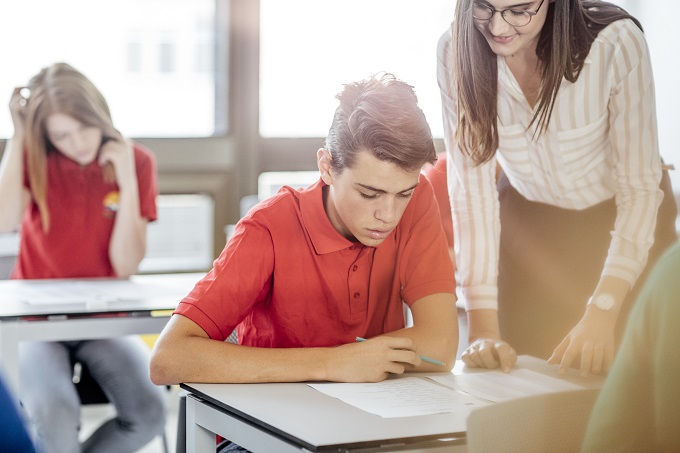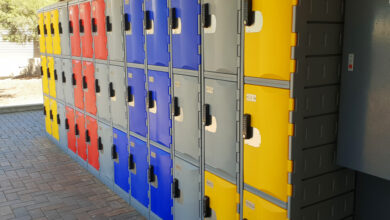Victoria split over ScoMo funding drama

Victorian Minister for Education, James Merlino is not a fan of the ScoMo funding debacle, accusing liberals of backing their mates in Canberra rather than fighting for fair public school funding.
Shadow Education Minister Cindy McLeish told ABC radio this week that the Andrews Labor Government should roll over to Scott Morrison’s demands, making sure Victorian public school students get less funding for the next decade: “They [the Andrews Government] are playing games and not signing the deal, whereas the other states are on the deal.”
Merlino argues: “If Victoria took the dud deal the Liberals are advocating for, it would see our public schools miss out on about $800 million in the next three years. This is the equivalent of around 2,000 extra public school teachers.
“The Victorian Liberals have once again shown their true colours – they will always support their Liberal mates in Canberra at the expense of properly funding Victorian public schools. We have an obligation to let Victorians know what the federal government is proposing and that we’ll keep fighting to get the best deal for our schools.”
“The Liberals’ proposal is to support non-government schools to get to 100 percent of the school resource standard but only allow government schools to get to 95 percent. This is fundamentally unfair and illogical.
“Through the Education State, the Labor Government has invested $8.9 billion to improve every classroom in every school for every student. This investment has delivered Victoria’s best ever NAPLAN results in reading and numeracy in 2018, showing impressive outcomes that can be achieved when education is a government priority.”







